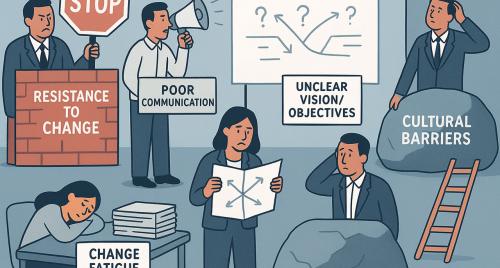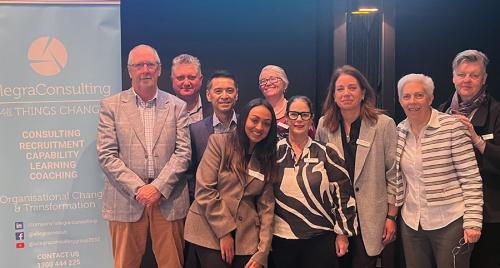
Hardly a day goes by without several references in the news to the role that organisational culture plays in various corporate misdemeanours. The common belief seems to be that we need to ‘fix the culture’ in order to get to the root cause of all that ails the modern corporation.
Author Niels Pflaeging describes culture “ …like a shadow. You cannot change it, but it changes all the time. Culture is read-only”. Other similar descriptions refer to culture like the wind – you can feel it but not see it ; or the weather – you can yell at it all you like, but it’s unlikely to respond. And most of us have certainly been part of some or other expensive cultural transformation to drive change that either didn’t quite land right or had some really bad unintentional consequences.
Don’t get me wrong – as a devoted student of better understanding what actually goes on in organisations, I certainly don’t want to diminish the importance of the role that culture plays. But it seems a bit ‘tidy’ to suggest that this nebulous thing called culture is the sole cause (and at times excuse) for some pretty ordinary behaviour, when in actual fact there is a relational role with many other factors. In other words, culture is affected by other inputs as well as being an input to other factors.
We are in the midst of an at-scale shift from a model of organisation that is highly mechanistic to one that is more organic and responsive. This is part of the attraction of Agile as framework (more on that in another post!). The pervasive mechanistic model we still have today was based on work by Frederick Taylor and his contemporaries over 100 years ago. They developed systems that separated the thinking from the doing and making work as controllable, predictable and efficient as possible. This worked a treat in the era of the rise of mass production but much of the work we do today is far more complex and needs an adaptive mindset. A shift of such magnitude is not likely to be comfortable as it will call into question every element of the way things are done, including how we lead.
So what are some pragmatic steps we can take to try to change the culture in an organisation? Focussing on culture as a whole is probably not one of them, and certainly not the usual round of offsite activities aimed at team building that do little for sustainable change. We are in more fundamental territory here – we need to understand the component parts , their inter-relationship and make some purposeful decisions on how to start doing things differently.
There are a number of factors that contribute to an organisation’s culture but these three are a great place to start to create some momentum:
1. Authority and power – how do we make decisions, how is power shared? Who has the right to make a decision or take action? What is safe and what is not? What are some experiments to help shift to where we want to be?
2. Capability and People What are some experiments to help shift to where we want to be?
3. Incentives and compensation –how do we reward through salary, bonus, equity, non-financial reward etc? how do we reduce bias in compensation? Are we unintentionally rewarding bad behaviour?
Notice I haven’t suggested structure as a starting point. It is no doubt a point of consideration and should support the strategy and the culture we desire but wouldn’t it send an interesting message not to start there for once?
Interested in reading more? Try these articles:
https://hannekemli.files.wordpress.com/2013/11/garethmorgan.pdf
https://www.strategy-business.com/article/10-Principles-of-Organizational-Culture?gko=71d2f







